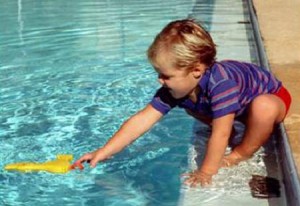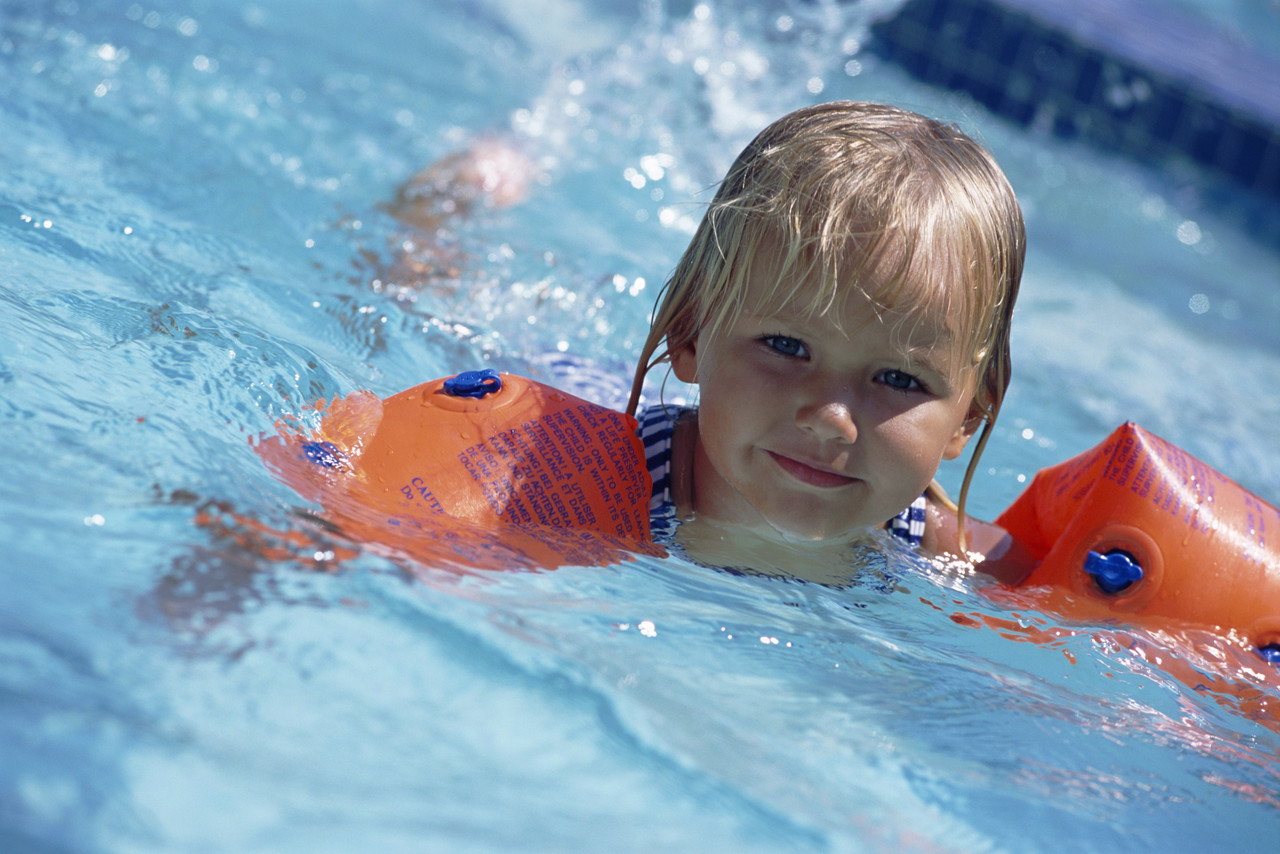 Maintaining a Safe Environment Around Your Home Swimming Pool
Maintaining a Safe Environment Around Your Home Swimming Pool
Millions of us enjoy warm weather every year by swimming in our backyard pools and relaxing in hot tubs. Tragically though, over 200 young children drown in backyard swimming pools each year. The American Red Cross suggests owners make pool safety their priority by following these guidelines:
- Secure your pool with appropriate barriers. Completely surround your pool with a 4-feet high fence or barrier with a self-closing, self-latching gate. Place a safety cover on the pool or hot tub when not in use and remove any ladders or steps used for access. Consider installing a pool alarm that goes off if anyone enters the pool.
- Keep children under active supervision at all times. Stay in arm’s reach of young kids. Designate a responsible person to watch the water when people are in the pool—never allow anyone to swim alone. Have young or inexperienced swimmers wear a U.S. Coast Guard-approved life jacket.
- Ensure everyone in the home knows how to swim well by enrolling them in age-appropriate water orientation and learn-to-swim courses from the Red Cross.
- Keep your pool or hot tub water clean and clear. Maintain proper chemical levels, circulation and filtration. Regularly test and adjust the chemical levels to minimize the risk of earaches, rashes or more serious diseases.
- Establish and enforce rules and safe behaviors, such as “no diving,” “stay away from drain covers,” “swim with a buddy” and “walk please.”
- Ensure everyone in the home knows how to respond to aquatic emergencies by having appropriate safety equipment and taking water safety, first aid and CPR courses from the Red Cross.
The American Red Cross and National Swimming Pool Foundation® have partnered to create an online Home Pool Essentials course that describes steps home pool owners can take to prevent tragedy and keep a well maintained pool or hot tub. The course is available at www.HomePoolEssentials.org.
via Home Swimming Pool Safety Tips for Kids & Adults | Red Cross.

